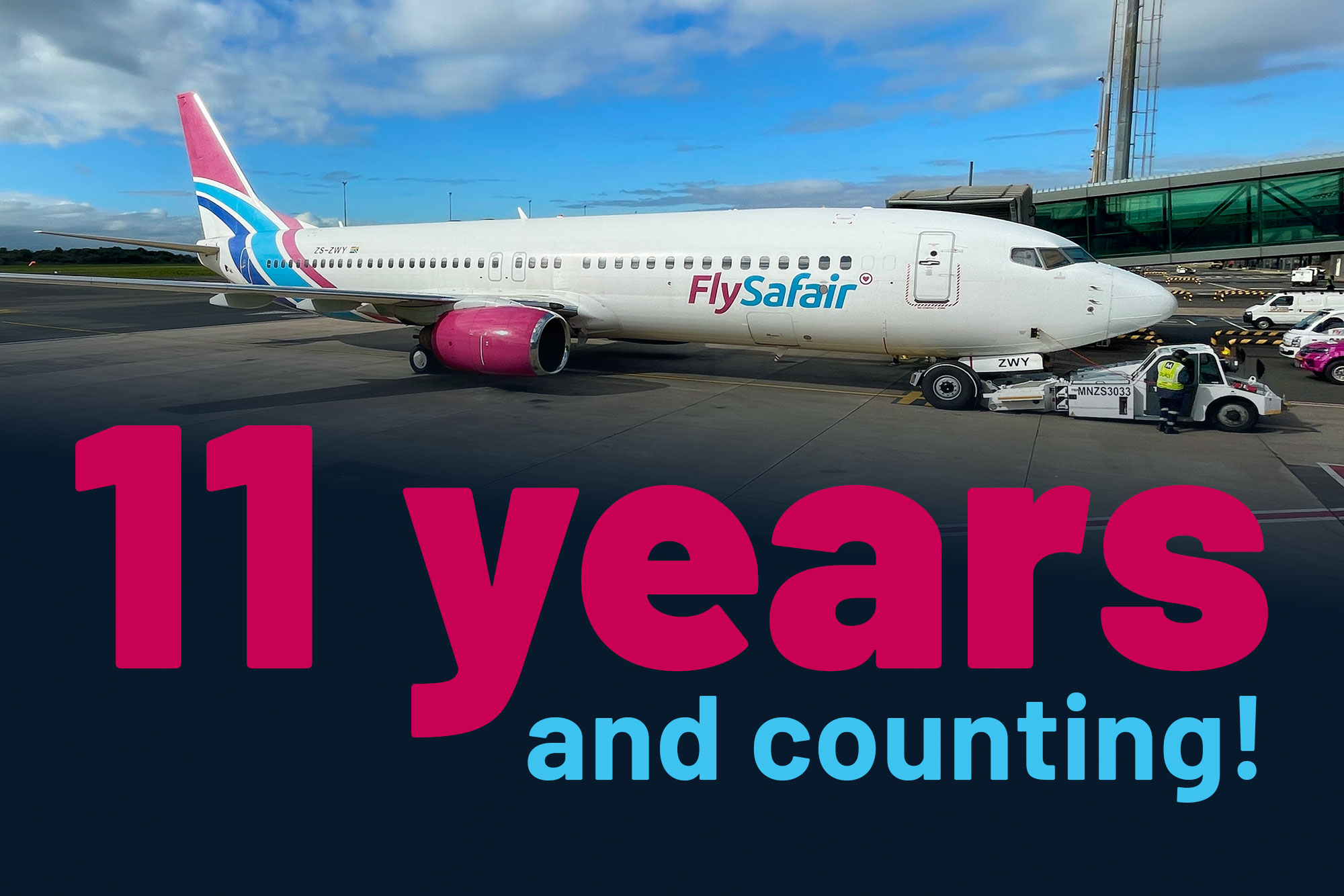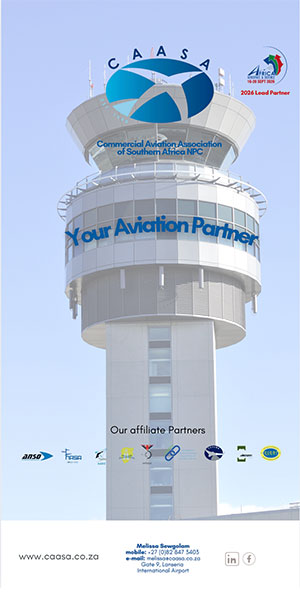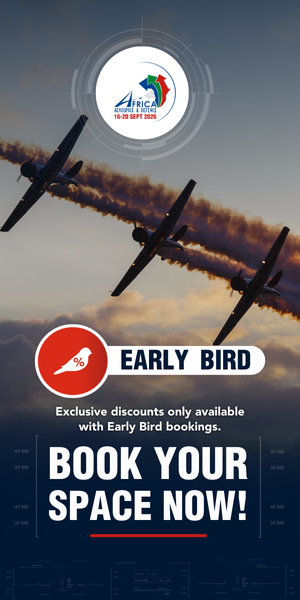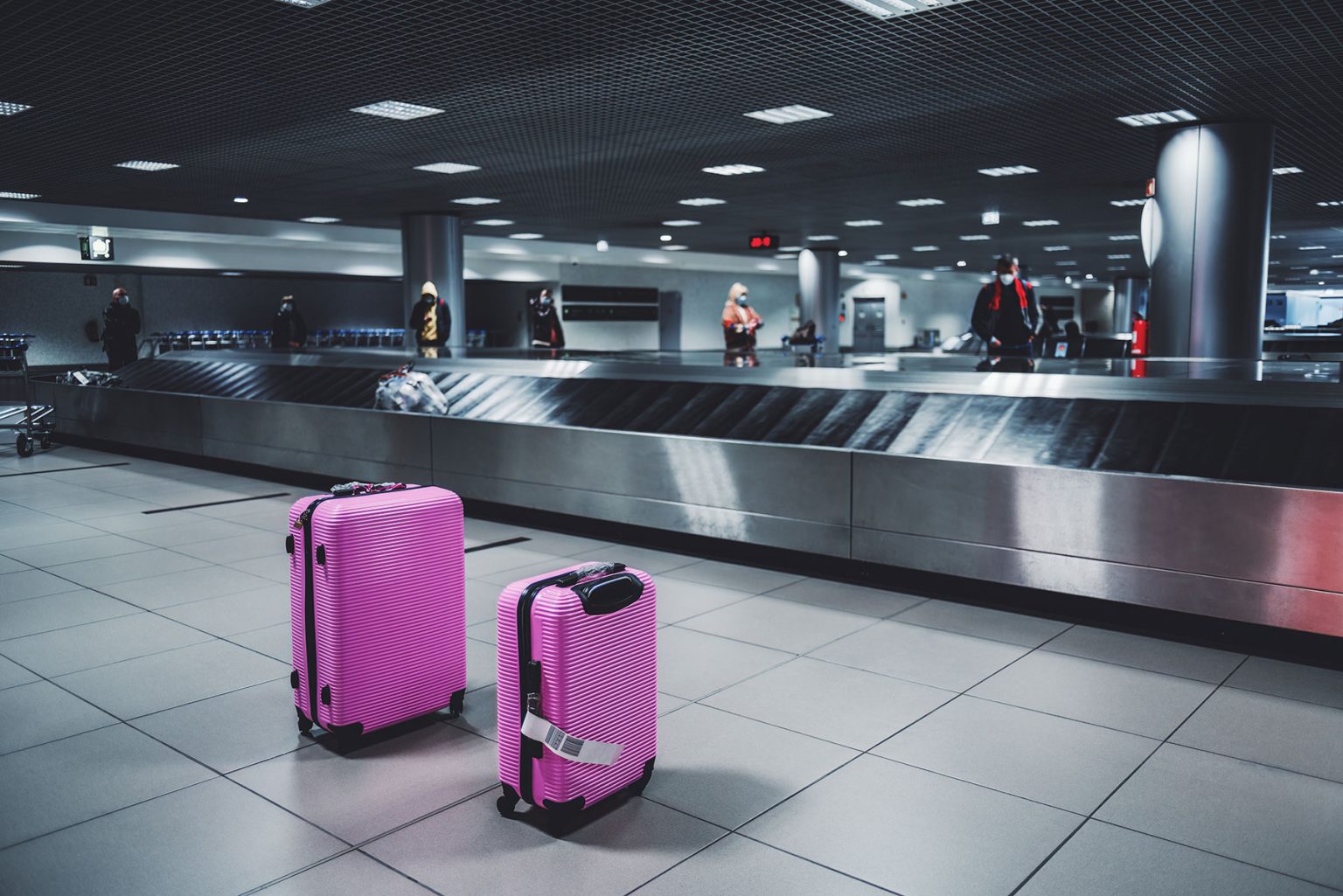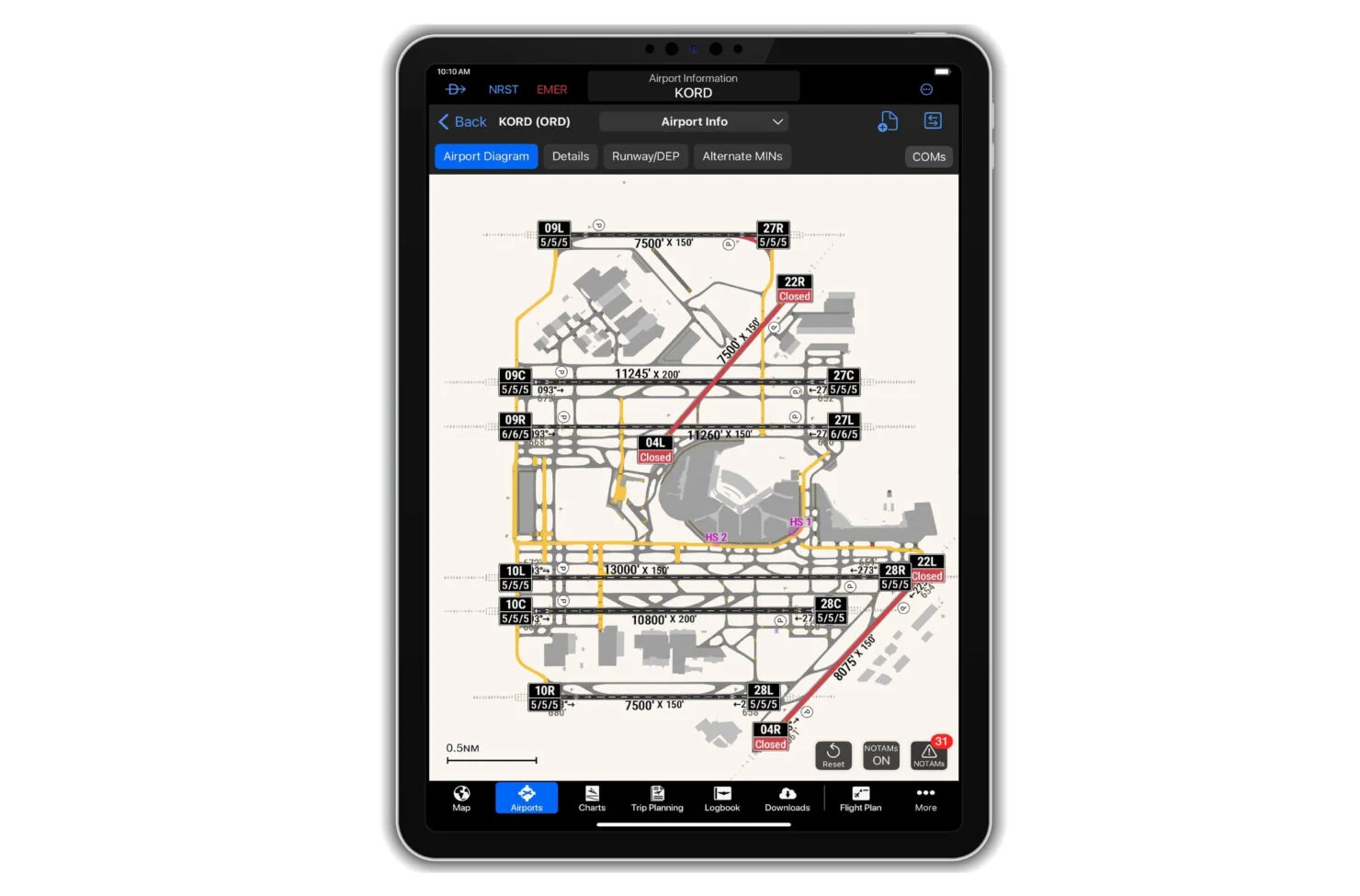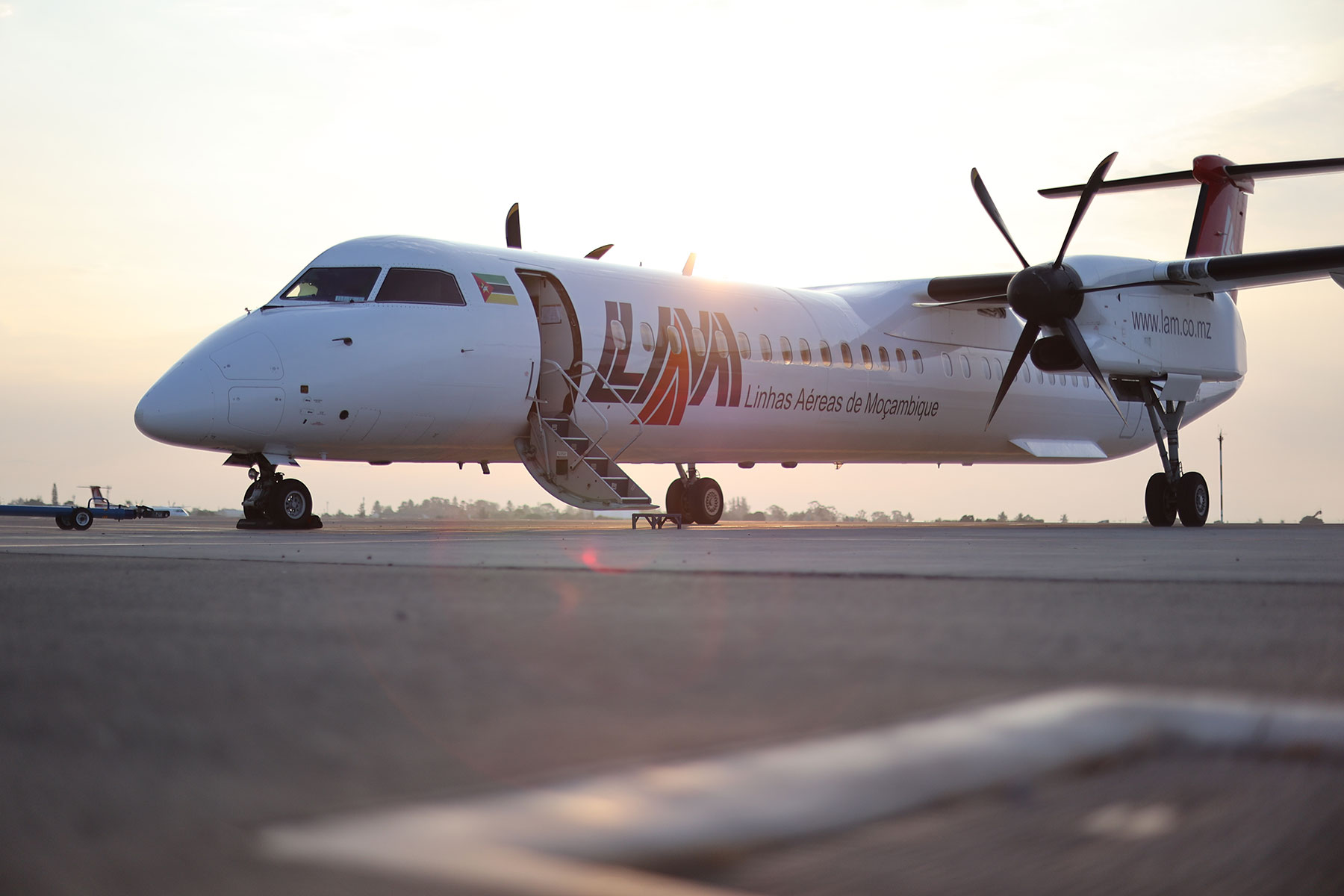As FlySafair celebrates 11 years of operation this month, the airline has taken a moment to reflect on its journey to date.
When FlySafair launched in 2014, the goal was straightforward: make air travel accessible and affordable for more South Africans. Eleven years later, that mission hasn’t changed, but the scale certainly has. Today, the low-cost carrier operates a fleet of 37 Boeing 737 aircraft and runs over 1,250 flights each week, offering 230,000 seats to travellers across the country every week.
Fleet expansion: building capacity for growth
Between January 2024 and September 2025, FlySafair has added eight Boeing 737-800 aircraft to its fleet. The most recent additions came in August 2025, when the airline took delivery of two 737-800s from Hainan Airlines. These aircraft brought the total Boeing 737-800 fleet to 37 aircraft, making FlySafair Africa’s largest operator of this aircraft type.
The transition to a modern, standardised fleet has been deliberate. During 2025, FlySafair started to phase out older 737-400s and replaced them with newer aircraft. This wasn’t just about capacity, it was about operational consistency, fuel efficiency, and maintaining the reliability that has earned the company recognition as the world’s most on-time low-cost carrier.
During peak travel periods, this fleet enables FlySafair to operate 12 to 14 additional daily flights, focusing on high-demand domestic routes between Cape Town, Johannesburg, and Durban. This flexibility is critical when demand spikes during school holidays or long weekends.
Route development: connecting underserved regions
While fleet expansion has been essential, where that capacity is deployed is equally important. Over the past 18 months, several new routes have been launched, designed to improve domestic connectivity and support regional tourism.
In March 2025, daily flights between Lanseria and George were introduced, providing easier access to the Garden Route and its world-renowned golf courses, coastal towns, and natural attractions. George Airport serves as the gateway to Knysna, Plettenberg Bay, and Oudtshoorn, making this route valuable for both business and leisure travellers.
FlySafair’s focus on tourism infrastructure continued with the launch of direct flights from Cape Town to Kruger Mpumalanga International Airport (KMIA) in April 2024, followed by a Johannesburg to KMIA route in August 2024. Both routes have been recognised by government for their contribution to tourism growth, with Minister of Tourism Patricia de Lille commending these services for boosting arrivals and supporting the sector’s economic impact.
The customer response has been strong. Kruger National Park attracts nearly two million visitors annually and was recently named by Brand Africa as one of the top three destinations that have placed South Africa on the global map. By offering tickets starting from R951 from Johannesburg and R1,851 from Cape Town, FlySafair has made the park significantly more accessible to both domestic and international travellers.
In October 2025, FlySafair introduced its newest route: Cape Town to Hoedspruit. Operating three times weekly on Tuesdays, Thursdays, and Saturdays, this service complements the existing Mbombela route (now operating daily) and provides direct access to the central Kruger region and surrounding private game reserves. Hoedspruit is a gateway to some of the country’s most biodiverse conservation areas, and improved air access will support both tourism and local economic development in Limpopo.
Connectivity from Lanseria has been strengthened, with routes to East London (six times weekly) and Gqeberha (seven times weekly) commencing in November 2025. Previously, Johannesburg passengers accessing the Eastern Cape had to fly via OR Tambo.
The first international route from Cape Town came in October 2024, with flights to Windhoek twice weekly. Previously, Cape Town to Windhoek fares ranged between R5,000 and R9,000, whereas tickets are now on offer from R1,800, making Namibia’s capital, and attractions like Etosha National Park, the Fish River Canyon, and the Namib Desert, far more accessible. The route is helping rebuild travel volumes, which currently sit at 83% of pre-Covid levels.
The broader impact
This growth has translated into real impact beyond passenger numbers. Internally, FlySafair has expanded its team significantly, providing around than 2,000 jobs through its suppliers in ground handling, catering, and logistics.
The economic effect extends even further. Tourism contributed 6.4% to South Africa’s GDP in 2024 and supported over 1.5 million jobs, according to the Department of Tourism. Much of that activity has historically been concentrated in Gauteng and the Western Cape.
FlySafair’s route strategy is designed to help rebalance the distribution, stimulating growth in underserved regions while supporting conservation tourism and community development. Now, regional airports like Hoedspruit, George, and KMIA, along with local tourism operators, accommodation providers, car rental companies, and restaurants, benefit from increased activity.
Looking ahead
The principle guiding FlySafair’s growth is simple: identify where demand exists or where improved access could help develop new travel patterns, and then add routes and flights to serve those markets at prices that make air travel more affordable for more people.
As the company enters its twelfth year of operation, the company plans to continue refining its network, optimising schedules based on customer demand, and exploring opportunities to connect more South Africans to the places and people they care about.
